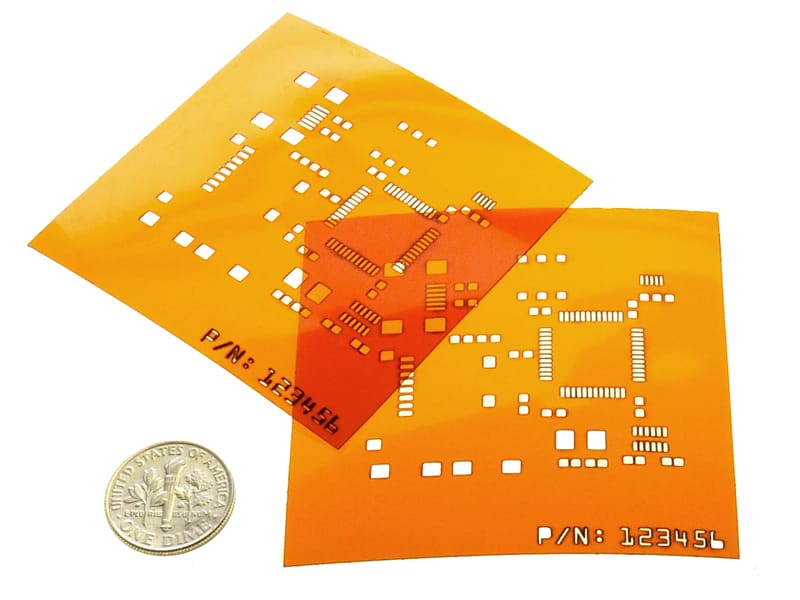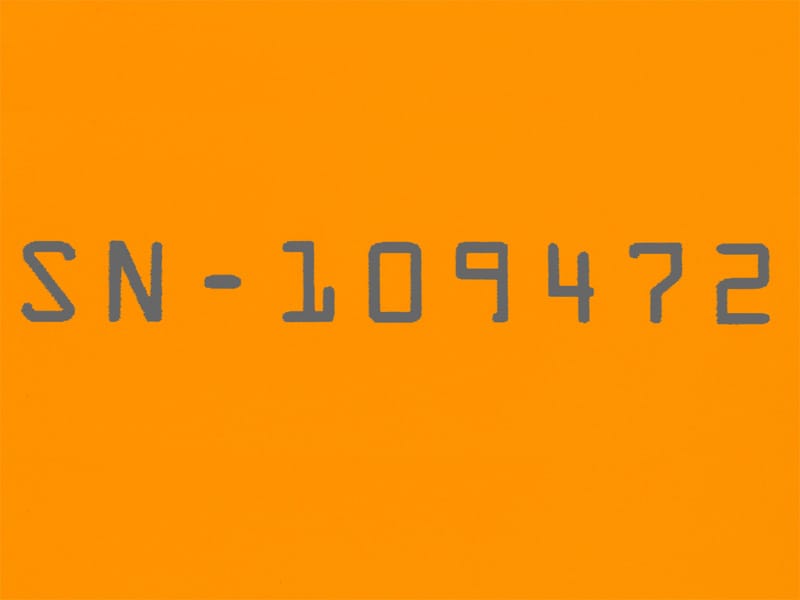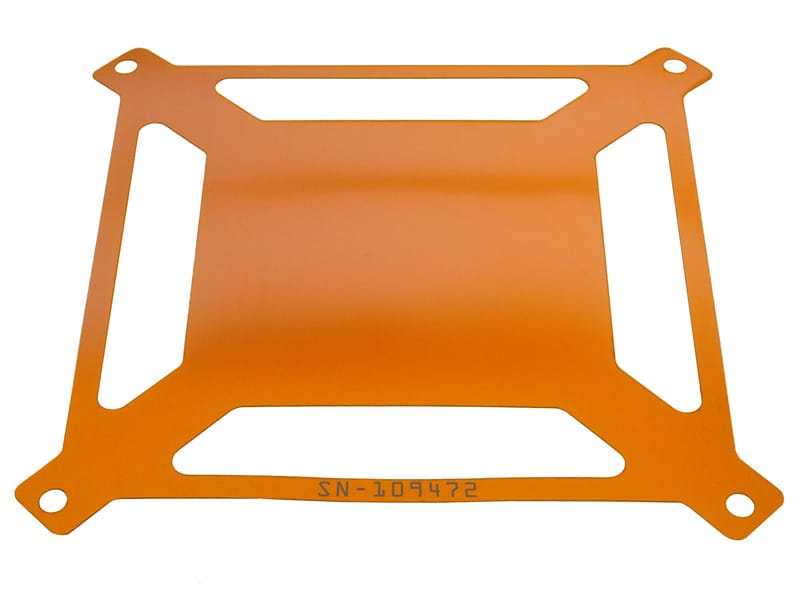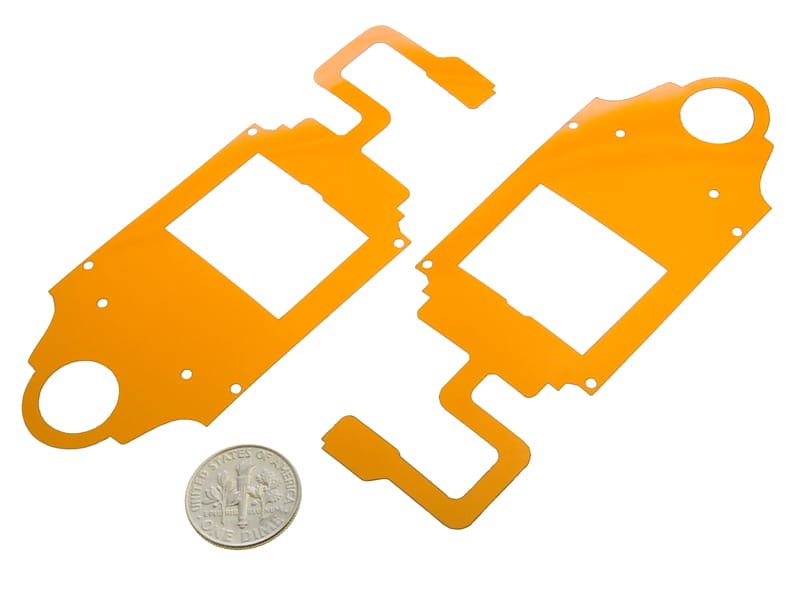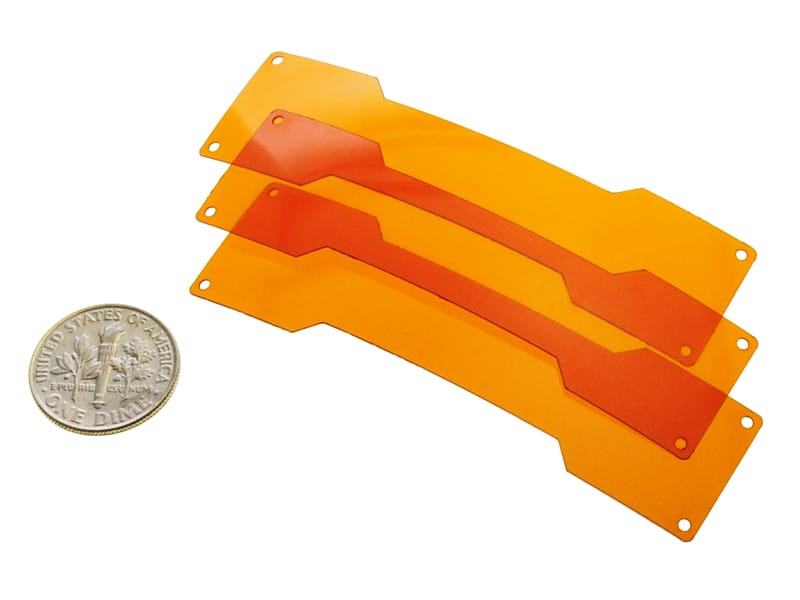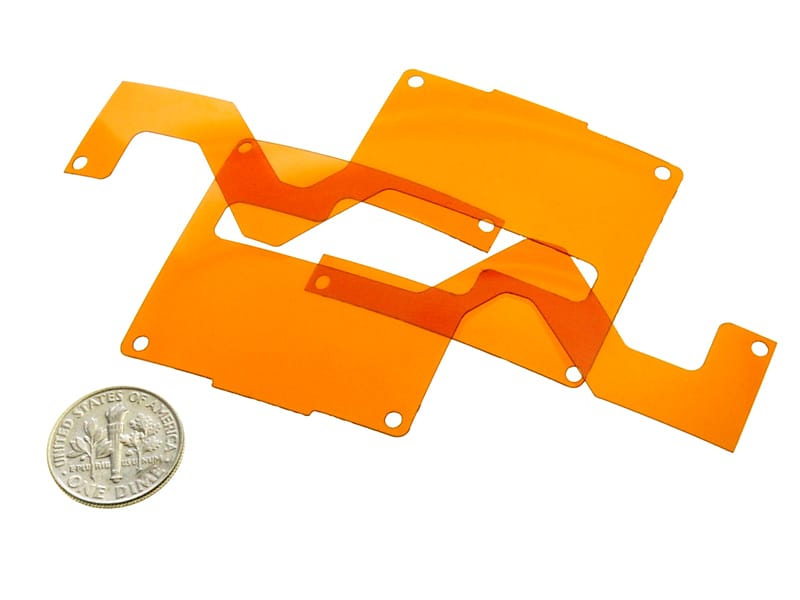Related Names
- Polyimide Film
- Kapton® HN– all polyimide film with a desirable balance of physical, chemical, and electrical properties over a wide temperature range, especially very high temperatures
- Kapton® FN– a heat sealable grade created by combining Kapton® HN with DuPont™ Teflon® FEP fluorocarbon resin
- Kapton® HPP-ST– the same polyimide as HN with superior dimensional stability and adhesion characteristics over a wide temperature range

